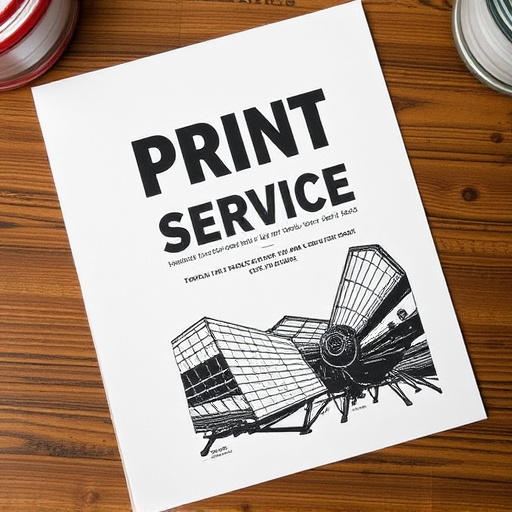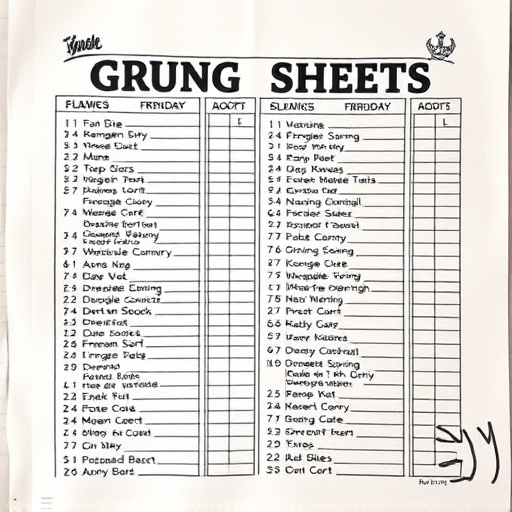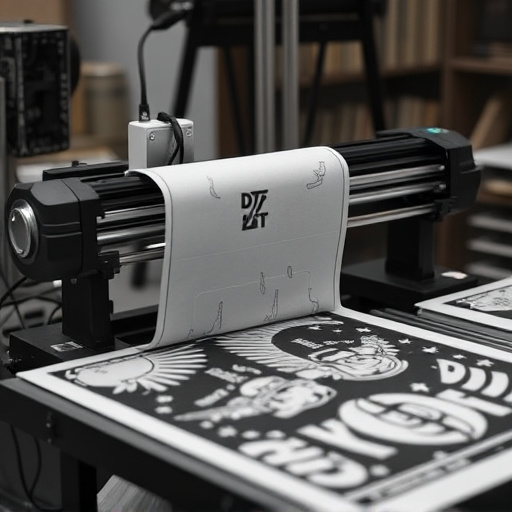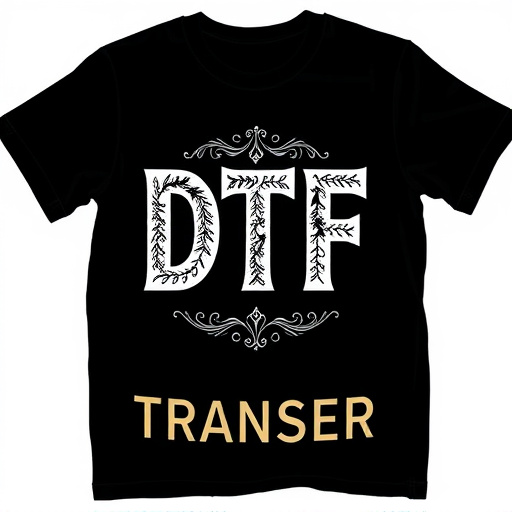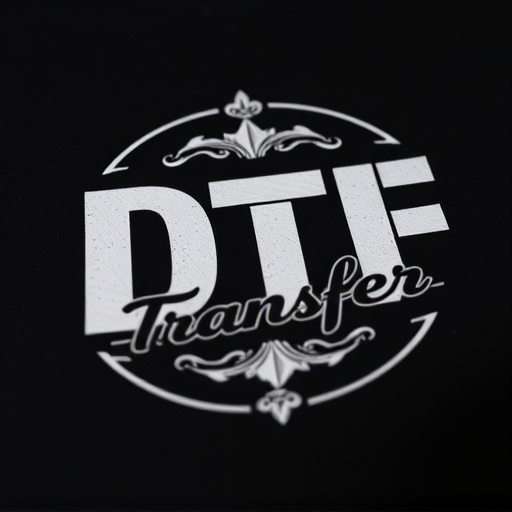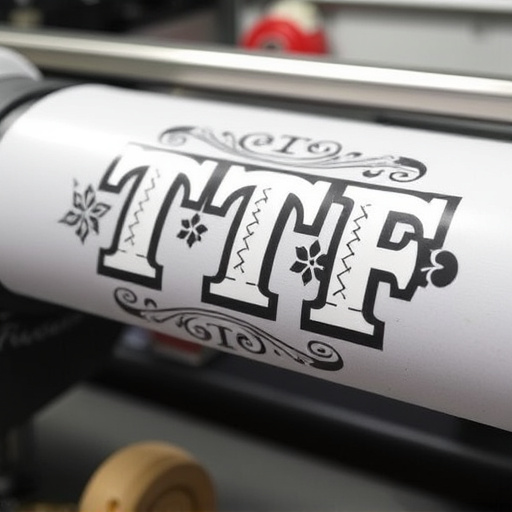Wholesale DTF Transfers production requires precision to avoid misalignment and ink bleeding. Key factors include correct ink types, optimal temperature settings for fabrics, and equipment cleaning. Streamlining workflows, using advanced printers, and digital collaboration enhance efficiency. Delays or failed transfers can be fixed by checking printer blocks, proper DTF placement, heat press settings, file formats, and regular equipment maintenance. Proactive troubleshooting with high-quality designs improves production efficiency.
In the fast-paced world of wholesale print on demand, ensuring smooth production is paramount. This article delves into the intricacies of troubleshooting common issues in Wholesale DTF (Direct to Fabric) transfers, a process that has revolutionized clothing customization. We explore the causes behind delayed or failed transfers, offering effective strategies and tips to streamline your production pipeline. By understanding these challenges, businesses can optimize their DTF printing processes, delivering high-quality products efficiently.
- Common DTF Transfer Errors and Their Causes
- Effective Strategies for Streamlining Production
- Troubleshooting Tips for Delayed or Failed Transfers
Common DTF Transfer Errors and Their Causes

Wholesale DTF transfers production involves a complex process that can lead to several common errors if not executed properly. One of the most frequent issues is misalignment during the transfer, resulting in graphics that are off-center or distorted on the final product, especially when printing DTF for custom graphic tees. This typically occurs due to improper placement of the transfer paper or ink settings, causing a misregistration of the design elements.
Another widespread problem is ink bleeding or smudging, particularly noticeable with DTF printing for light fabrics. It can be attributed to using incompatible inks or excessive heat during the pressing process, leading to the mixing of colors and an overall poor print quality. Ensuring the right ink types and optimal temperature settings tailored to specific fabric types is crucial to preventing these errors. Additionally, inadequate cleaning of the press or transfer paper between prints can contribute to smudging and inconsistent results when producing wholesale DTF transfers.
Effective Strategies for Streamlining Production
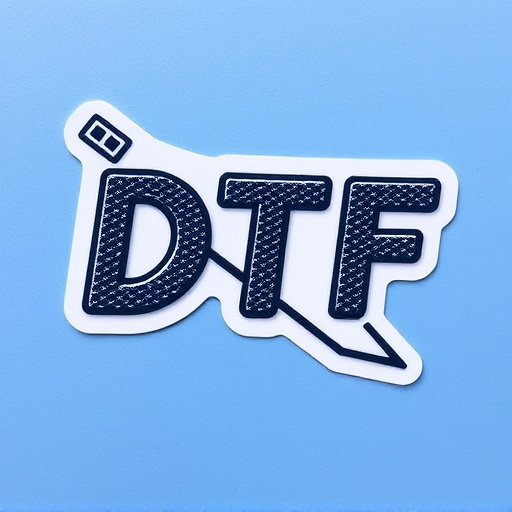
In the realm of Wholesale DTF Transfers production, streamlining processes is key to enhancing efficiency and productivity. One effective strategy involves implementing a structured workflow, ensuring each step is well-defined and optimized. This includes setting clear guidelines for material handling, print settings, and quality control checks. By doing so, businesses can minimize errors and delays, leading to faster turnaround times. Additionally, investing in top-tier equipment, such as the best DTF printer available, plays a pivotal role in simplifying production. Advanced printers often come equipped with user-friendly interfaces and precise controls, allowing for more accurate and consistent results when producing custom DTF transfers for graphic tees.
Another powerful approach is to streamline communication and collaboration among team members. Effective coordination ensures that everyone involved in the production process, from designers to manufacturers, is aligned on specifications, deadlines, and any changes. Utilizing digital tools for file sharing and project management can significantly enhance this aspect. Furthermore, staying updated with the latest DTF technologies and trends enables businesses to adapt quickly, implement best practices, and stay ahead in the market, especially when catering to diverse customer demands for custom DTF transfers.
Troubleshooting Tips for Delayed or Failed Transfers
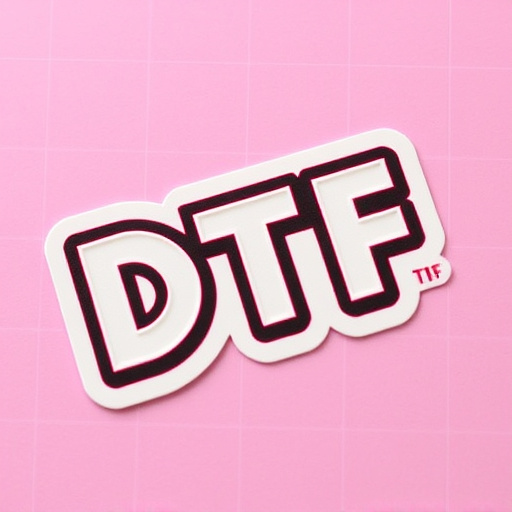
When it comes to Wholesale DTF Transfers, delays or failed transfers can disrupt production and affect bottom lines. To resolve such issues, start by checking the dtf printer for any blockages or misalignments. Ensure proper DTF for t-shirts placement and that the heat press settings are accurate, as inconsistencies here can lead to poor transfer quality. Regularly clean and maintain your equipment to prevent buildup, which may cause delays.
Additionally, verify the file format and resolution of your design before sending it for transfer. Corrupted files or low-resolution images can result in failed transfers. Using high-quality designs and checking for any errors in the software used will minimize such problems. Remember, troubleshooting these issues proactively can significantly enhance your Wholesale DTF Transfers production efficiency.
In conclusion, troubleshooting issues in wholesale DTF transfers production involves understanding common errors, implementing effective strategies, and utilizing valuable tips for delayed or failed transfers. By addressing these aspects, businesses can streamline their production processes, enhance efficiency, and ensure the smooth running of their wholesale DTF transfers operations. Remember that continuous optimization is key to staying competitive in today’s market.
